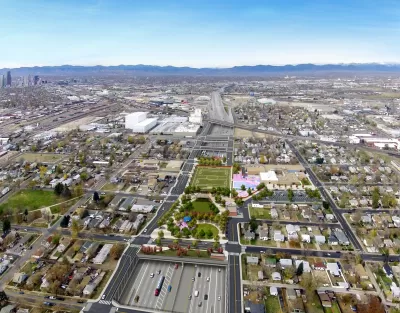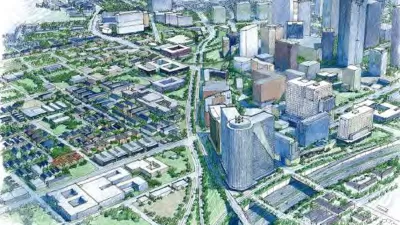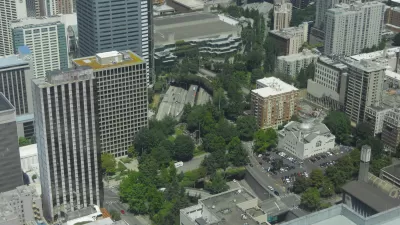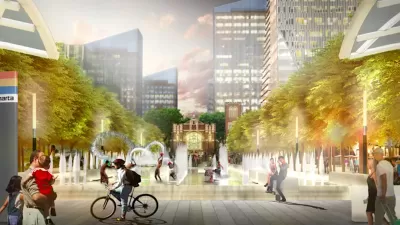The first comprehensive manual for planning, funding, and building a freeway cap is put online for review and comment.

Nearly every major city is contemplating reconnecting neighborhoods divided by a highway built under The Federal Highway Act. Many cities already have one or more parks or civic buildings built over FHWA funded highways. Some of the more notable projects include the Rose Kennedy Fitzgerald Kennedy Greenway (Boston aka “The Big Dig”), the Klyde Warren Park (Dallas), Bartle Hall Convention Center (Kansas City), and Freeway Park (Seattle). However, as cities are again popular places to live, there has been even greater interest in covering the highways that divide and pollute urban neighborhoods. Many of these highways were built in trenches that evoke visions of covering them with parks, civic buildings, or even private development.
Freeway benefits to the surrounding communities include:
- Increased property values
- Increased density and housing
- Increased retail sales
- Increased hotel development and occupancy
- Increased area jobs
- Increased property tax, payroll tax, hotel tax, and sales tax revenue
- Improved park and recreational opportunities
- Improved air quality
However, there is little documentation on how to accomplish these large and daunting projects. This is the circumstance confronting participants of local movements to build over a highway or freeway, and this was the circumstance encountered by the author of a draft book on the subject as he participated in a San Diego movement to reconnect the city’s urban park (Balboa Park) and urban neighborhoods with downtown over Interstate 5. He decided to document what he learned in a guide book. He has put his first draft online to share what he has learned and to source additional information from those who might have useful information to contribute to the effort.
FULL STORY: Book: How to Build a Freeway Cap

Planetizen Federal Action Tracker
A weekly monitor of how Trump’s orders and actions are impacting planners and planning in America.

Maui's Vacation Rental Debate Turns Ugly
Verbal attacks, misinformation campaigns and fistfights plague a high-stakes debate to convert thousands of vacation rentals into long-term housing.

San Francisco Suspends Traffic Calming Amidst Record Deaths
Citing “a challenging fiscal landscape,” the city will cease the program on the heels of 42 traffic deaths, including 24 pedestrians.

Defunct Pittsburgh Power Plant to Become Residential Tower
A decommissioned steam heat plant will be redeveloped into almost 100 affordable housing units.

Trump Prompts Restructuring of Transportation Research Board in “Unprecedented Overreach”
The TRB has eliminated more than half of its committees including those focused on climate, equity, and cities.

Amtrak Rolls Out New Orleans to Alabama “Mardi Gras” Train
The new service will operate morning and evening departures between Mobile and New Orleans.
Urban Design for Planners 1: Software Tools
This six-course series explores essential urban design concepts using open source software and equips planners with the tools they need to participate fully in the urban design process.
Planning for Universal Design
Learn the tools for implementing Universal Design in planning regulations.
Heyer Gruel & Associates PA
JM Goldson LLC
Custer County Colorado
City of Camden Redevelopment Agency
City of Astoria
Transportation Research & Education Center (TREC) at Portland State University
Jefferson Parish Government
Camden Redevelopment Agency
City of Claremont





























